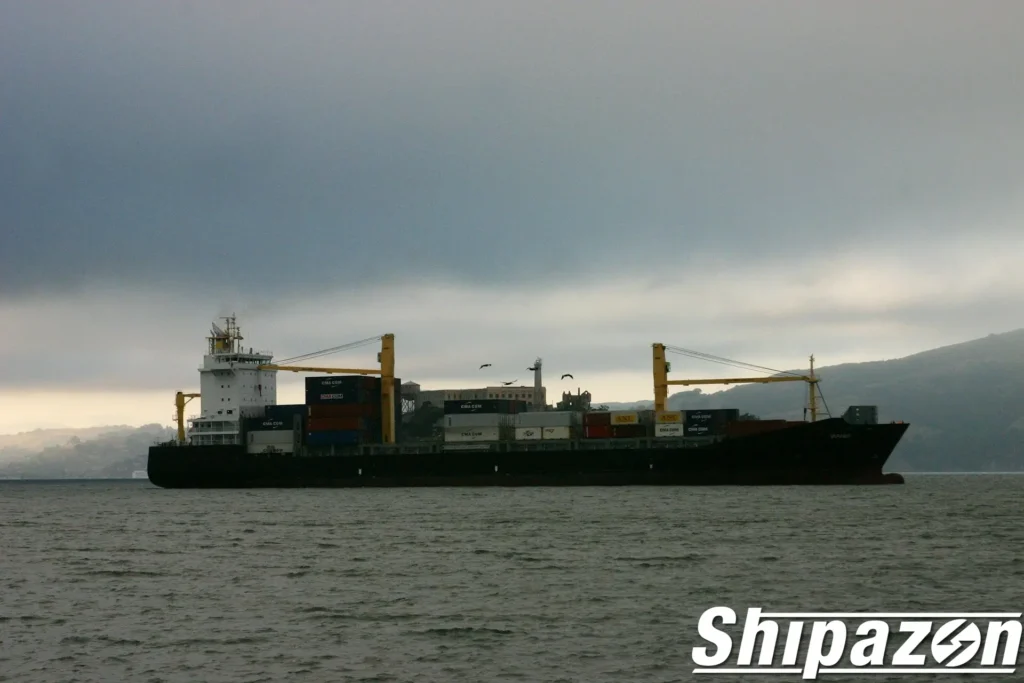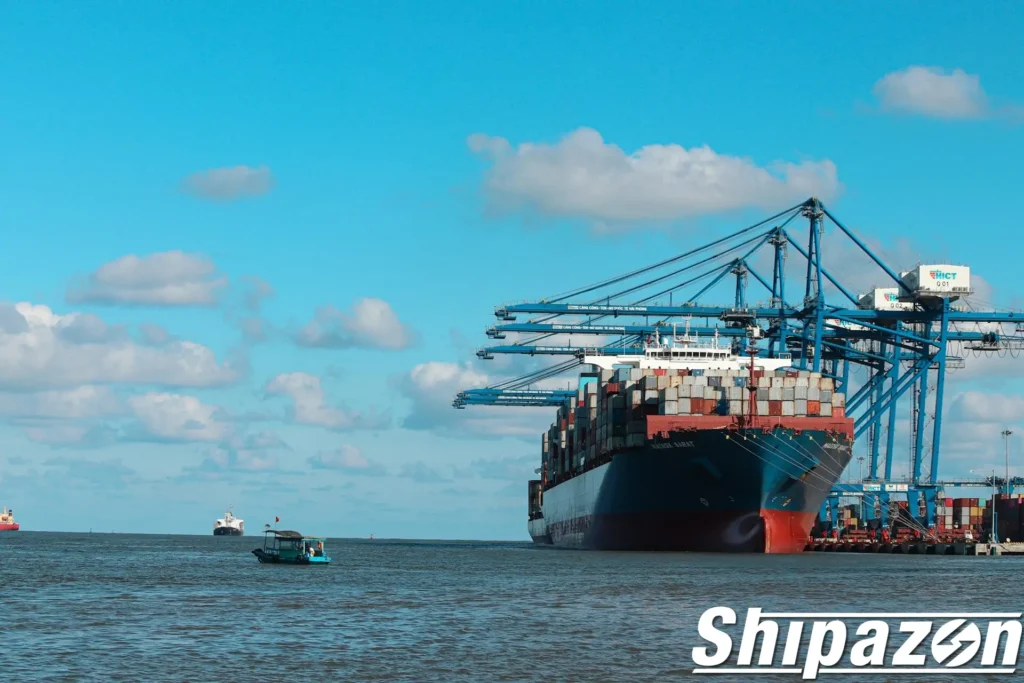In running maritime transportation business, general cargo ships serve a vital essential role in supporting global trade and transporting various types of goods. These vessels are designed to have the ability to transport a wide variety of cargo types. The goods can vary from any type of vehicles, machinery, steel products, and also construction materials. Then, the goods are then packaged and transported to consumers.
General cargo ships are different to other specialized ships such as container vessels or oil tankers. They have flexibility in handling multiple forms of cargo in an efficient manner. The following is a complete description on key features and functions of these general cargo ships to provide valuable insight about this global logistic and supply chain operation.
Overview of General Cargo Ships
A general cargo ship is a vessel designed to transport goods. These goods are not for bulk or containerized shipping. People generally use these ships in liner services and tramp trades. Both are for short-sea and deep-sea route operations.
The ship designs and equipment enable it to carry mixed loads of break-bulk cargo. These goods must be loaded individually and not in containers. This ship flexibility makes these general cargo ships indispensable, especially for any regions or ports where there is less common containerization.
There are changing modern general cargo ship designs. Earlier designs depended heavily on the use of manual labor for operating the loading and unloading. Today’s design has combined advanced modern equipment such as cranes, cargo-handling systems, and digital navigation. By the use of these modern equipment, people can operate the vessels more efficiently and safely.
General Cargo Ships have some key structural elements. These specific features enhance their capability to transport various types of goods. The elements are cargo holds, hatch covers, deck cranes and derricks, double bottom structures, navigation bridge and engine room.
Cargo holds are large enclosed spaces within the hull as the place to store the cargo. A general cargo ship generally has multiple holds. They are separated by bulkheads. These multiple holds enable it to store different types of goods and also to prevent any contamination to the cargo.
Hatch covers. People can access the cargo holds by using large openings on the deck. It is hatches which are sealed by hatch covers. These covers function to protect cargo from any seawater and weather exposure during transportation period.
Deck cranes and derricks can be one of the most distinctive features of general cargo ships as one of the onboard cargo-handling equipment. Many of these vessels use these cranes or derricks to load and unload cargo independently and more easily.
We can find double bottom structure in some general cargo ships. This part provides additional safety and strength to the hull. This structure is able to store ballast water in order to stabilize the ship in any load conditions.
The navigation bridge is on the upper decks as a place for all instruments used for steering, communication, and navigation. While the engine room is typically located aft. This room contains some important parts such as propulsion machinery, generators, and control systems which are necessary to power the vessel.
General cargo ships can transport many types of goods. They range from industrial machinery and equipment, packaged consumer goods, any types of mining such as timber, steel, and construction materials, vehicles and spare parts and also food products including grains, and fertilizers.
To ensure the proper operation of the navigation and ship safety, there are some features such as radar and GPS navigation systems, Automatic Identification System (AIS), Fire Suppression and Lifesaving Equipment, and also Ballast Water Management Systems.
Functions of General Cargo Ships
A general cargo ship has its main function as to transport goods from one port to another in a safe condition. But, actually it also has an extended role beyond simple transportation. First is about versatility.
General cargo ships are different with other specialized vessels since they can handle various types of cargo simultaneously. This ability makes them suitable for global and various trade routes.
Second, they also support remote and small ports. Since they have equipment such as onboard cranes, these have the ability to operate independently. This ability also ensures the operation of trade continuity even in any underdeveloped regions.
Third, they contribute to global trade. General cargo ships serve as an integral part of global supply chains. They have the ability to connect manufacturers, distributors, and consumers globally.
Fourth, they also support economic efficiency since they can reduce the needs for cargo transshipment. They also can minimize time and reduce costs for companies and traders.
Final Note
General cargo ships certainly serve their vital role in maritime transportation. They can combine strength, ability, efficiency, and versatility in their operation. Then, these vessels continue to contribute and support their importance in maintaining proper flow of goods in this increasingly sustainable global economic conditions.


